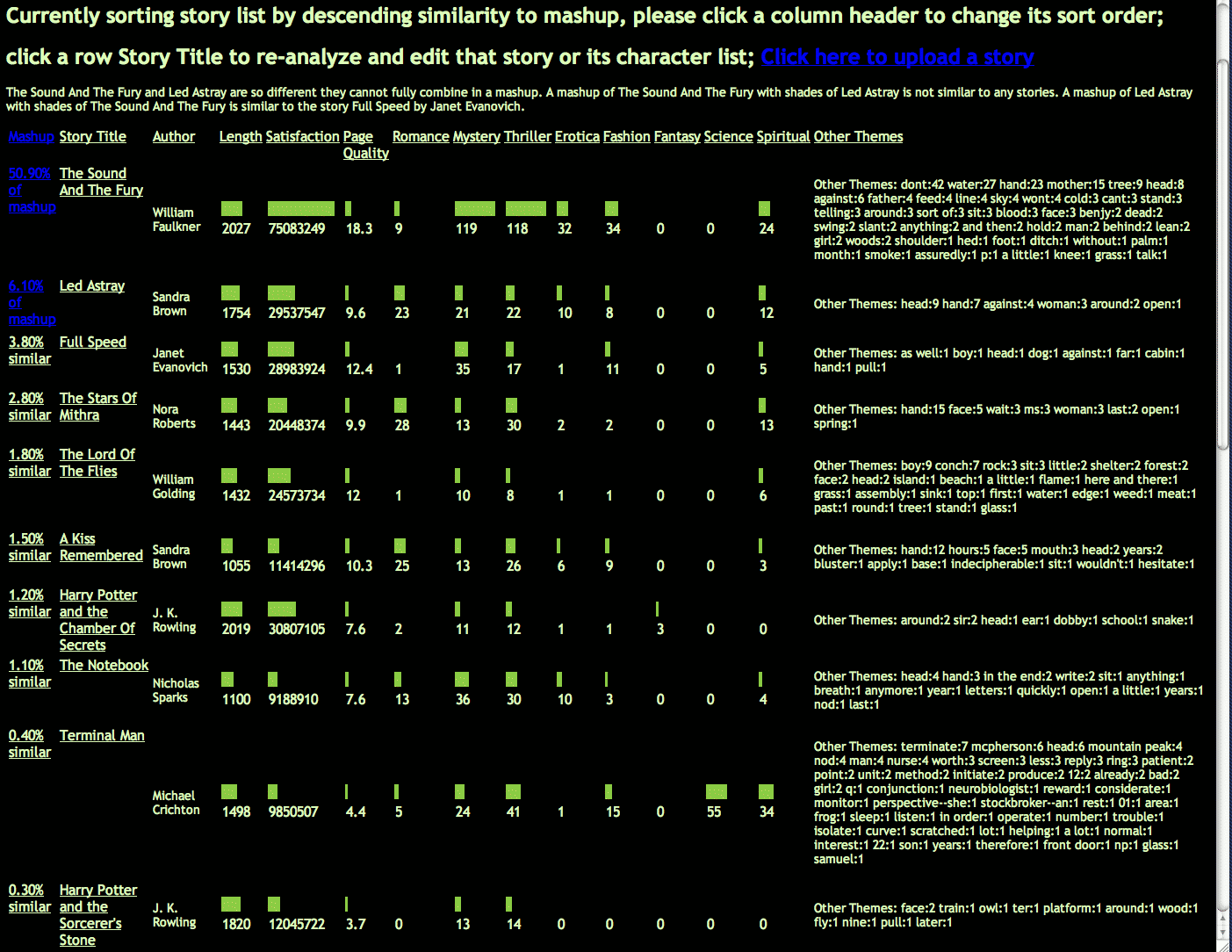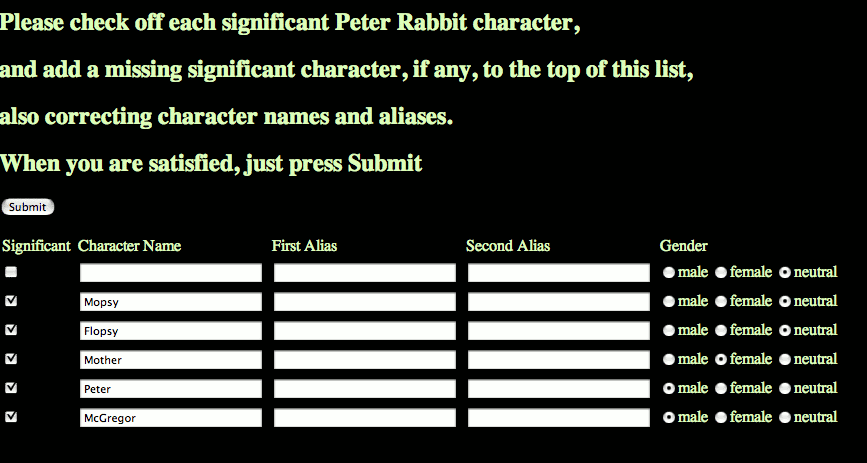Natural Language Processing with desktop and web interfaces
Collogue Corporation, USA
Since 2003 Collogue Corporation has successfully developed extremely novel complex natural language processing applications using LispWorks primarily on macOS. In every phase of work, from research to final release testing, LispWorks has provided an excellent platform and extraordinary foundation for cost-effective development.
While developing desktop user-interfaces, LispWorks cross-platform CAPI GUI tools enabled us to deliver natural language data analysis tools in Mac, Windows and Linux environments within a single body of cross-platform code, with only a few operating-system related variations for filenames and directory pathnames.
After switching to a Web browser user-interface, built on top of Portableaserve, we've used LispWorks to serve and debug application web pages from a single development user interface with integrated graphical debugger and profiling tools. Thus specific bugs in the user interface were patched on top of actual session data simply by recompiling a small amount of code, without flushing any sessions and without bringing down the web server, and without writing code to replicate bugs. As a result we easily avoided 60-90% of the sweat labor of typical web development environments.
For developing large scale natural language processing dictionaries, 64-bit LispWorks has provided to us a stable and predictable environment for deploying memory-resident dictionaries of over 6.4 Gigabytes, greatly speeding up our throughput. We have also found LispWorks packages of per-incident technical support to be very useful, both for resolving situations arising from pushing the memory-size envelope and for understanding how to optimize Lisp code.
What Paul Graham wrote in his textbook "ANSI Common Lisp" is true; Lisp is far and away the best programming language for serving web pages and developing complex algorithms. Both the tree-structure of Lisp parentheses and Lisp flexible data typing enable each HTML object to be created by a specific Lisp function, so that a table-oriented HTML Web page can be succinctly generated from a Lisp calling tree of minimal complexity. Excellent cross-platform support, fast compiled code, and royalty-free run-time licensing make LispWorks an ideal platform from which to experience all the advantages of Lisp which Paul Graham has outlined.
Lawrence Au
Chief Scientist
Collogue Corporation
Copyright © 2007, Collogue Corporation


